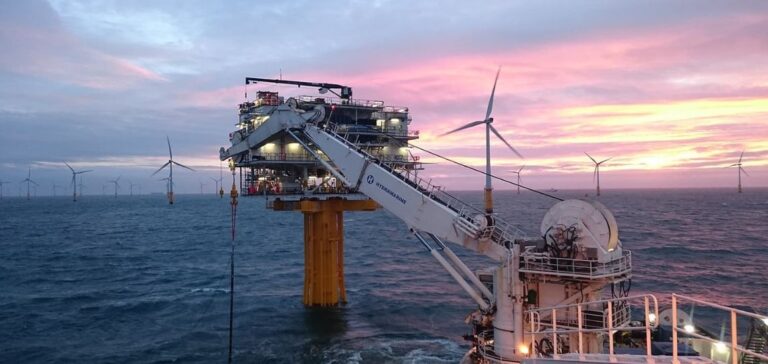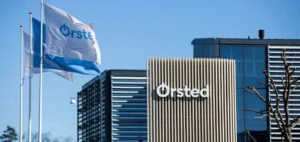RWE has appointed ocean services provider DeepOcean as the preferred supplier of subsea installation services for the development of the Nordseecluster A offshore wind farm off the German coast.
Nordseecluster project: 1.6 GW of offshore wind power to supply 1.6 million German households
The Nordseecluster combines four wind farms in Germany’s eastern North Sea into a 1.6 GW project, comprising a minimum of 104 wind turbines. By early 2029, when all four wind farms are in operation, the turbines will be able to generate enough green electricity each year to power 1.6 million German homes.
The Nordseecluster will be developed in two phases. The two Nordseecluster A wind farms (N-3.8 and N-3.7), with a total capacity of 660 megawatts (MW), are currently in the permit application phase. Two further wind farms (N-3.6 and N-3.5) in the second phase (Nordseecluster B) will add a further 900 MW of capacity.
Under the agreement, DeepOcean will be responsible for the preparatory work, transport and installation of all inter-network cables. This also includes trenching, connections and terminations for the initial construction phase. DeepOcean will install a total of 185 kilometers of 66kV aluminum and copper cable, starting with the 44 offshore wind turbines of Nordseecluster A.
DeepOcean wins major contract for RWE’s Nordseecluster A subsea installation
“This is an important contract for us. We have helped RWE in the past, and we will use our decades of experience in similar subsea work to deliver the Nordseecluster to RWE’s high quality standards. We will take responsibility for a wide range of works, enabling us to ensure the best possible project design and to exploit operational synergies and cost savings between the different work packages,” says Normann Vikse, DeepOcean’s Director of Offshore Renewables.
DeepOcean’s mission encompasses various aspects of the project. It covers project management and engineering, as well as offshore preparation work. This includes pre-installation cable route studies, route engineering and burial assessment, offshore trenching and boulder relocation. It also involves preparation work for offshore foundations and substations. The transport and installation of inter-network cables are also part of the mission, including burial, pulling, monitoring and testing. Finally, activities include surveys and monitoring of the seabed.
Sven Schulemann, Managing Director of Nordseecluster: “We are delighted to have signed with DeepOcean as the latest main supplier for the installation of the cables for Nordseecluster A. This is another important step in the implementation of this large-scale project. We are convinced that DeepOcean is the right partner for us”.
DeepOcean selected for RWE’s Nordseecluster A project, awaiting final investment decision
DeepOcean has not communicated the value of the contract, subject to RWE’s final investment decisions (FID). Once the final investment decision has been made, DeepOcean will mobilize a complete engineering, project management and planning team.
DeepOcean will provide three vessels – one installation, one trenching and one workboat – to carry out the work. Offshore installation work for Nordseecluster A is scheduled for 2026.
“We are very keen to support RWE’s plans for Nordseecluster, where the merger of the four sites offers attractive economies of scale and enables the supply chain to plan and take advantage of synergies reliably. The award of the contract for the initial phase, and the opportunity to provide our services for Nordseecluster B, will enable us to significantly reduce the risks associated with project execution. This is a risk reduction measure that will benefit both RWE and us, the suppliers,” says Øyvind Mikaelsen, CEO of DeepOcean.
In recent years, DeepOcean has applied its skills in subsea engineering and project management. These extend to a range of ocean industries, including renewable energies, oil, gas, subsea minerals and recycling. In all these sectors, the Group offers marine services: seabed surveys, engineering, project management, installation, inspection, maintenance and repair (IMR).






















